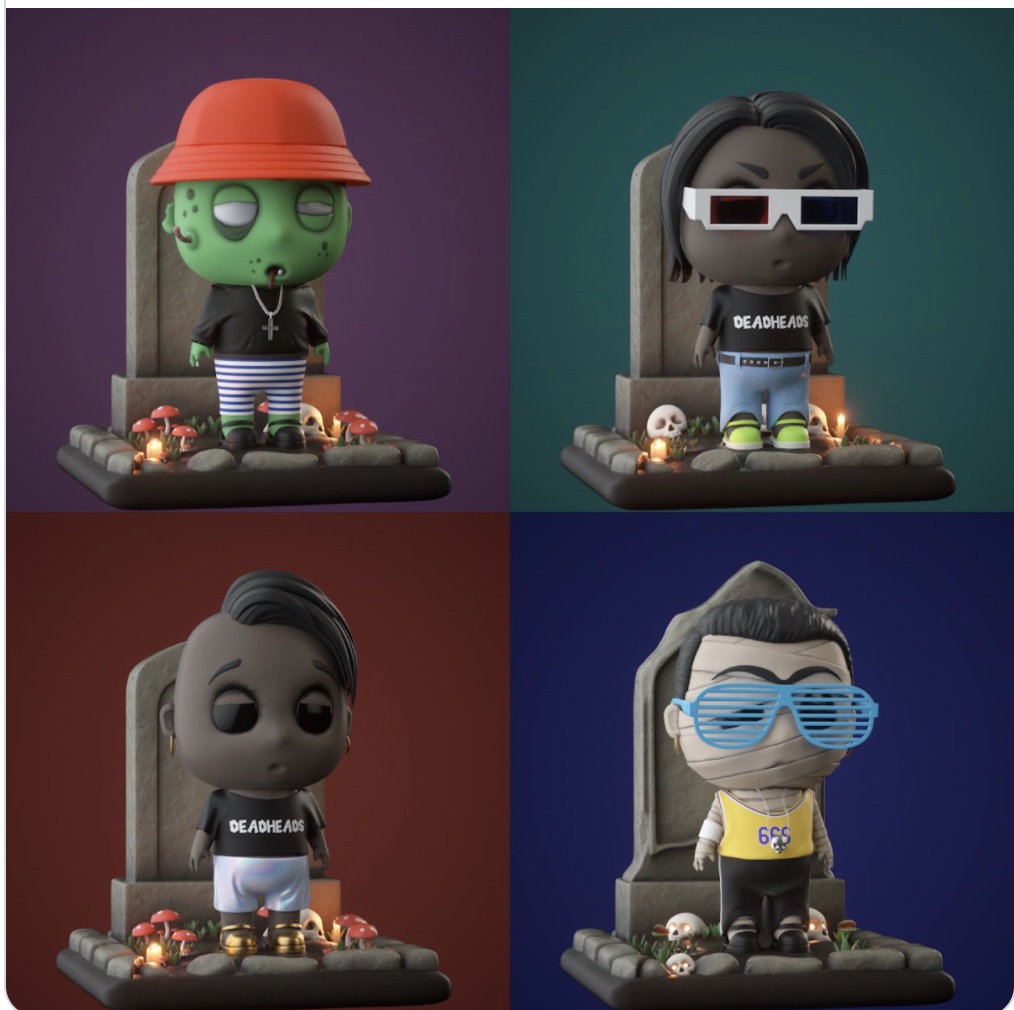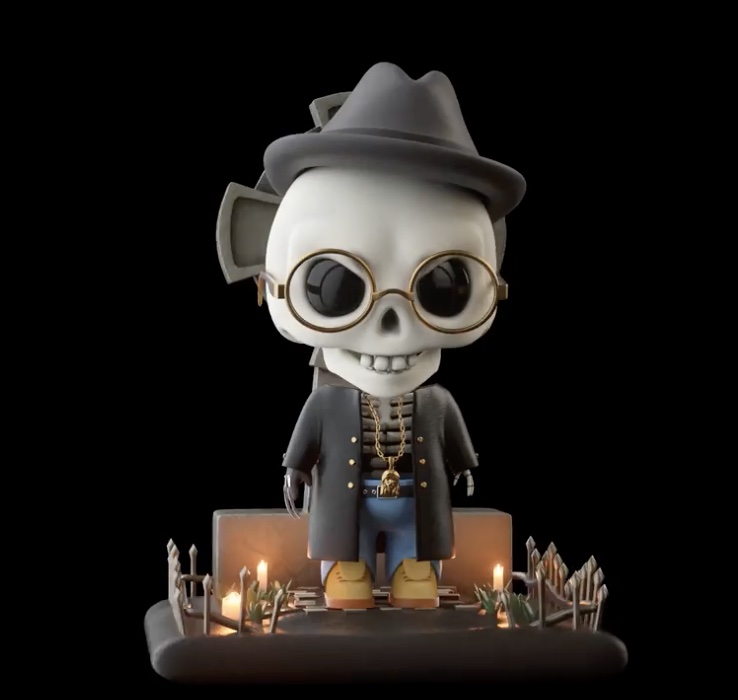
The year is 1977. An unknown filmmaker needs your help.
He’s building an entirely new narrative universe, one vast enough to spawn more than a dozen feature films, multiple TV series, and countless other derivative works. His work will change the course of popular culture.
There’s just one problem: He’s broke. To realize his vision, he needs you and other early fans to invest in the thousands of characters he’s creating. To pay him one time for ownership of those characters in perpetuity.
The one he has in mind for you is an older guy with a close-cropped beard, a hood, and a laser sword. He has freaky mind-control powers. He’s pretty badass. And he could be yours for a few bucks. (Thousands of characters, remember.)
Knowing what you know today, you’d take that deal in a millisecond. You’d be sole owner of Obi-Wan Kenobi, Jedi Master. After four decades and counting of licensing deals, you’d have…well, way more than a few bucks to show for it.
An Animated Series Built With NFTs
That’s the promise of DeadHeads NFT, the first-ever multimedia brand to give fans ownership of its IP through nonfungible tokens. DeadHeads fans — Collectors, as they’re known in the brand — can buy 10,000 unique characters in an animated series of the same name. After each episode, they can enter a digital “Greenroom” and mint even more limited-edition stuff — props, accessories, even bits of background scenery — using special one-use digital “tickets” purchased with Ethereum.
These items, and the characters themselves, can’t be reproduced. They can be traded, and DeadHeads co-creators Jeremy Jenson and teMpo hope and expect a vibrant secondary market to arise in time. Collectors who no longer want to be involved can sell their characters and memorabilia to other Collectors, hopefully for more than they paid.
Ownership is a great start, and a potentially profitable one for DeadHeads enthusiasts who get in early. But Jenson and teMpo want more from their fans. They want their fan-owners to exercise creative control over the series itself.
That’s possible because Collectors have both commercial and noncommercial rights to their characters. While they won’t be part of a vast digital writers’ room, they will have a say in what happens to those characters, and by extension what happens in the wider DeadHeads universe.
“This is a fanbase-first model,” says Jenson. “If you enjoy the series, you’re able to iterate and create out of it based on what you own.”
Some characters will appear in just one or two episodes and then fade away. Others will stick around for years and shape the series’ narrative arc. That’s part of the fun of the model. Though they can never be quite sure what they’ll get, Collectors can essentially vote with their tokens. They can influence which characters will grow with the story and which will fade away.

A New Approach to an Old Craft
Like many great ideas, DeadHeads NFT owes its existence to professional frustration. Jenson worked in the film industry for many years before the light bulb went off: The industry isn’t “creative” in the true sense of the word.
“I realized that the film industry is a place where you have a lot of people, often hundreds of people on a project, who are responsible for executing one or two people’s visions,” says Jenson. “And even if you have the creativity and the know-how to make something better or create something entirely new, it’s never really leveraged by the people in charge.”
DeadHeads is a direct response to that creative bottleneck. It’s a bottom-up production house, one where the biggest fans have the most say. Yes, Jenson and teMpo own the platform, but their success flows directly from fan participation. If current Collectors lose interest in their characters and the supply of new Collectors dries up, DeadHeads stagnates. If the product continues to engage and excite new Collectors, as the co-creators hope, the brand — and the value of its IP — grows.
If you think of owning a DeadHeads character as owning stock in the brand, says Jenson, the benefit of getting in early is clearer. “If you could choose between buying stock in Game of Thrones in 2010 or today, you’d go with 2010, because the brand has gained so much value between then and now,” he says.
Entertaining the Metaverse
Whether that growth materializes matters for what comes next.
The not-really-surprise news about the company formerly known as Facebook’s rebrand was a wake-up call for anyone who still thinks the whole metaverse thing isn’t happening. DeadHeads might be the first multimedia brand to get in on the digital land rush, but it won’t be the last.
Jenson hopes the project will benefit from its first-mover status. And with backing from prominent investors like serial entrepreneur Gary Vaynerchuk and DraftKings president Matt Kalish, DeadHeads has the heft to withstand challenges from bigger rivals, should they come.
For now, the DeadHeads team is building out its blockchain-based Web3 infrastructure to create more immersive fan experiences like the Greenroom. Soon enough, it could be a world all its own.
Five years on, Jenson envisions DeadHeads as a multichannel media brand that licenses IP to major media players like Netflix and Amazon. He believes DeadHeads can follow the same path as Star Wars or Game of Thrones, forging an expansive universe that changes the cultural conversation forever.
He only needs a few thousand more fans to join him.
Advertising disclosure: We may receive compensation for some of the links in our stories. Thank you for supporting LA Weekly and our advertisers.
